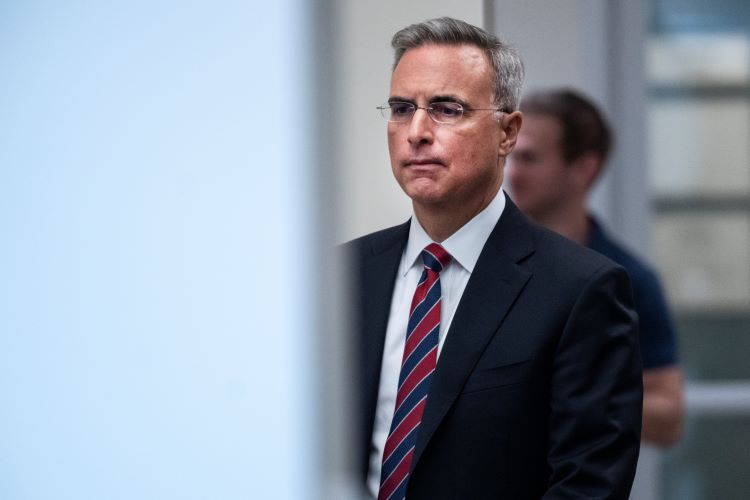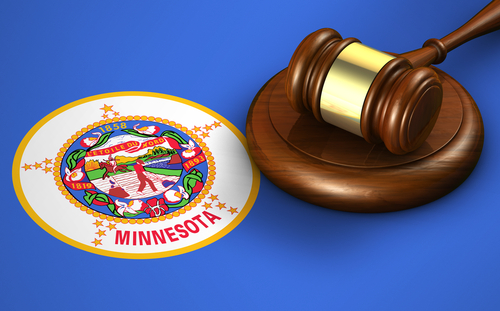Who Qualifies for Accelerated Examination Under the USPTO’s new Climate Change Mitigation Pilot Program?
The USPTO recently announced a new pilot program directed at accelerating examination procedure for applications claiming cleantech technology. Under the Climate Change Mitigation Pilot Program, qualifying nonprovisional utility patent applications involving technologies that reduce greenhouse gas emissions will be advanced out of turn for examination, or accorded special status, until a first action on the merits. Typically, applicants wait up to a year and a half after initial filing of a patent application for a first office action on the merits. It looks like applicants do not have to wait that long under the new pilot program. In the USPTO’s press release, the agency states that this pilot program is part of their commitment to explore accelerated review of patent applications that pertain to environmental quality, energy conservation, development of renewable energy, greenhouse gas emission reduction, or other climate related topics.
Only non-continuing original utility nonprovisional applications qualify for this program. The applicant can claim the benefit of an earlier filing date to only one parent application that is either another U.S. nonprovisional application or a Patent Cooperation Treaty (PCT) application designating the United States. For example, applicant cannot claim the benefit of a PCT application that claims the benefit of a foreign national application—for example, a PCT application that claims Paris Convention priority off of a Japanese application. If claiming the benefit of a PCT international application, that international application must have designated the USPTO as the receiving office. The application must also claim an invention directed to certain technologies that are designed to reduce greenhouse gas emissions.
Outstanding Issues
The current requirements of the pilot program do not explicitly require applicants to claim the actual process that reduces greenhouse gases. Rather, the program only requires that qualifying applications claim an invention directed to a technology that reduces greenhouse gases, leaving the possibility that products and processes that are ancillary to reducing greenhouse gas technologies can still qualify for this program. The open-ended requirement causes two issues. First is the issue of proximal cause. What if you have an invention that does not directly reduce greenhouse gas emission but maybe it provides the critical step in a production chain that ultimately does reduce greenhouse gas emissions? What happens then?
The second problem is sort of a claim drafting issue. The requirement of “designed to reduce greenhouse gas emissions.” What does “designed to” sound like to you? Sounds to me a lot of functional language! So does functional claim language in the claim (e.g., “x and y product or process is designed to reduce greenhouse gas emission”) sufficient to enable the claim to be deemed directed to a technology for reducing greenhouse gas emissions? These are questions that are yet to be answered.
According to Cleantech Group, a research and consulting company headquartered in San Francisco, the main areas of innovation for cleantech technologies are as follows: energy and power, resources and environment, transportation and logistics, agriculture and food, enabling technologies and materials and chemicals.
Find out more about these cleantech sectors and whether they qualify for the USPTO’s new pilot program in the episode.
Wen Xie
Ms. Xie is a U.S. Patent Attorney and Partner with Global IP Counselors. She focuses her practice on preparing and prosecuting mechanical, electro-mechanical and medical-related technology patent applications. Ms. Xie […see more]






